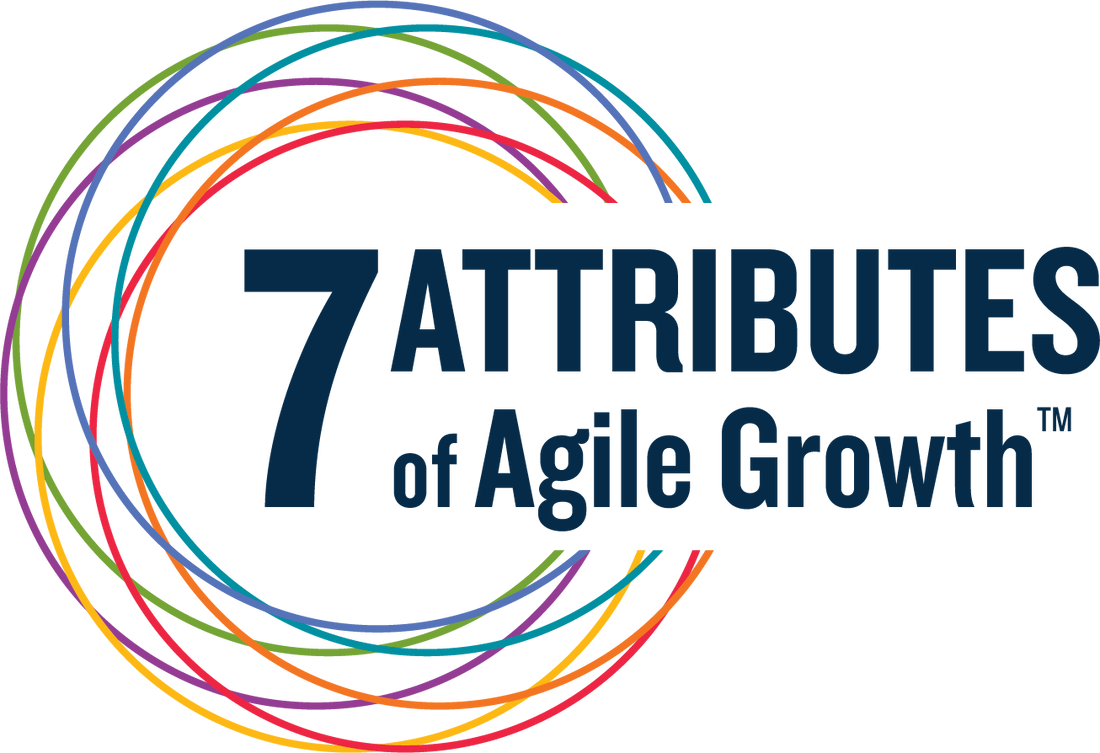|
While profit is obviously critical to any business, it is often simplistically depicted as the result of maximizing revenues and minimizing expenses.
However, companies often wrestle with the challenge of determining what expenses are critical to making their revenues, and which ones can be spared without affecting the top line. One book on profitability demystifies profit creation. The Art of Profitability, by Adrian Slywotzky, demonstrates that profitability is achieved through the appropriate choice of business strategy, or business model, if you prefer. Through the engaging parable of a strategy veteran coaching an aspiring strategy professional, Slywotzky covers 23 common and not-so-common “profit models.” The Customer Solution Profit model, for example, is when a company invests significant up front time and energy to learn about a customer to develop tailored solutions just for them. These then generate ongoing profits for a long time after. Multi-Component Profit is where the same product is sold to the same customers through different channels at different prices to maximize profitability (eg. Coke). The key message is that profit creation is an experimental art rather than a certain science. But it can be learned and practiced. The story also vividly illustrates effective coaching of strategic thinking, or of any other skill. Book: 272 pages, full audio - 5 hours 36 minutes. Soundview Summary: 4 pages, 16 minute audio. How can you improve your profitability? To find out how to improve your profitability to grow more easily, quickly and profitability, AND enjoy the ride, try our complimentary Agile Growth Checklist. This self-service questionnaire takes 5 to 10 minutes to complete. You'll receive the checklist with your responses immediately. Within 24 hours, you'll receive a compiled report highlighting areas to improve. Complete section 5 to check your profitability management practices. Or complete all 7 sections to find out how your company is doing in each of the 7 areas needed to produce more rapid, profitable and sustainable growth. This report is complementary and involves no obligation. Supporting, Developing and Retaining High Performers In partnership with Growth Faculty, we are delighted to offer you a $50 USD discount to Increase Your Influence, Leadership and Impact at Work, with Liz Wiseman. Every leader is navigating the effects of the global pandemic and learning what it takes to be adaptive and resilient to change when change is the only guarantee of the future. In a competitive market, the demand for Impact Players – those standout contributors who create extraordinary value everywhere they work – is higher than ever. In this 2.5 hour live virtual event, Liz Wiseman, bestselling author of Multipliers: How the Best Leaders Make Everyone Smarter and Impact Players: How to Take the Lead, Play Bigger and Multiply Your Impact combines her brightest work to help leaders win the war on talent, build sustainable, high-performing teams and drive lasting results. “We don’t tend to drift into better behaviour.” – Liz Wiseman Impact Players are agile, easy to work with and get the job done even in times of uncertainty, like the one we’re in now. Once you’ve identified an Impact Player, how do you amplify their impact and keep them in your business? Leaders need to manage in a way that’s worthy of an Impact Player, providing the reward and recognition they deserve. Monday, October 17, 2022 - 5pm in MB, 4pm in SK NON-MEMBER: $295* | OUR NETWORK: $245* *Prices quoted in USD. How can you develop high performers?
To find out how to develop your talent to grow more easily, quickly and profitability, AND enjoy the ride, try our complimentary Agile Growth Checklist. This self-service questionnaire takes 5 to 10 minutes to complete. You'll receive the checklist with your responses immediately. Within 24 hours, you'll receive a compiled report highlighting areas to improve. Complete sections 2 to check your company’s talent processes. Or complete all 7 sections to find out how your company is doing in each of the 7 areas needed to produce more rapid, profitable and sustainable growth. This report is complementary and involves no obligation. Simon Sinek has popularized the scientifically proven idea that a company’s purpose, and how much the leaders promote, act and live by that purpose, is one of many key ingredients for building a great culture and workplace. Yet many midsize company owners and CEOs find it difficult to bring their company’s purpose to life and help employees connect to that purpose. In this Gravitas Impact Premium Coaches webinar, Petr Ludwig, author of The End of Procrastination and founder of Procrastination.com and the GrowJob Institute, based in New York, Prague and Dubai, shares how CEOs need to be leaders of the purpose movement in their own lives to inspire others to find their purpose at work. Subscribe to Gravitas Impact podcast: Android
How can you strengthen your leadership? To find out how to become a better leader to grow more easily, quickly and profitability, AND enjoy the ride, try our complimentary Agile Growth Checklist. This self-service questionnaire takes 5 to 10 minutes to complete. You'll receive the checklist with your responses immediately. Within 24 hours, you'll receive a compiled report highlighting areas to improve. Complete section 1 and 2 to check your leadership and people processes. Or complete all 7 sections to find out how your company is doing in each of the 7 areas needed to produce more rapid, profitable and sustainable growth. This report is complementary and involves no obligation. There are many challenges to growing a thriving mid-size company. (as I’ve shared in this 5 Minute Growth Tip article series). And sometimes it can feel like we’re stuck, like there's nothing we can do.
We may hide those thoughts and feelings from others, or even deny to ourselves that we have them. Yet, they still remain in the background of our thinking, gnawing away at our focus, energy and progress. This is an opportunity to check our thinking. Our thinking drives our actions. And our thinking can cause us to not take action. When we think there’s nothing we can do about a problem, we’ll naturally stand still on that issue. When we believe we can resolve it, we’ll find a solution and drive forward. Organizational psychologists have researched these two ways of thinking. They are part of what’s called our “locus of control”. The first way of thinking is that our situation is controlled by things that happen outside of us. We believe we are a victim of circumstances. This is an external locus of control. The second way of thinking is that our situation can be influenced by what we do. We believe we can always do something that will make a situation better. This is an internal locus of control. Think of the word “locus” as “location”. Is our thinking putting the “location” of control of the situation outside of ourselves (external) or within ourselves (internal)? As human beings, we tend to grow up with a tendency toward either an internal locus of control or an external one. We don’t think exclusively one way or the other, but rather predominantly. That said, we don’t necessarily think one way about everything. There can be areas of our lives and facets of our business that we treat with an internal locus of control mindset, and other areas that we tend to treat with an external locus of control. As entrepreneurs and business leaders, we often predominantly have an internal locus of control: we believe we can make things happen. However, we can also have an external locus of control in certain areas. For example, we might have an internal locus of control about getting more sales. We know that our actions directly influence our company’s sales volumes, and we look for and find ways to increase them. Yet, we might have an external locus of control about being able to hire A players. We may believe that there just aren’t any really strong employees out there, or none of them are looking for work, or they all want too much money, or they all hide their faults in interviews, etc. By switching our thinking to an internal locus of control in this area, we can find solutions. We can ask ourselves, “what is it that I’m doing that is getting in the way of hiring A players?” Or “what am I not doing, or not doing well?” And from there, we can ask “what can I do differently to find A players?” For example, do I have a clear description of what an A player will produce so I know exactly who I am looking for? What am I doing to network with A players I know in my industry who likely know other A players? Have I shopped around for an excellent recruiting company who can help me find the right people? Have I strengthened my interviewing skills to discover candidates’ true strengths, abilities and qualities? Have we captured on paper the advantages of working at our company, and do we sell great candidates on those virtues? Believing we have influence over the situation causes us to look for solutions we can act on. There’s also a way that an entrepreneur’s strong internal locus of control can actually create an external locus of control mindset in another area. I often see this struggle with CEOs and owners I meet. They complain that they don’t have enough time. This complaint is coming from an external locus of control mindset: the belief that their lack of time is happening to them. (Note that all complaining and blaming is really a form of external locus of control). When I invite a CEO or owner to flip their mindset to an internal locus of control, and ask themself what they are doing that is causing them to not have enough time, they realize that they are causing the problem. They often are attempting to jump on every problem and opportunity that comes up, and they are not delegating tasks and roles enough. In this way, as entrepreneurs, our internal locus of control about solving problems can cause us to have an external locus of control about time. Our tendency to think we can take control of any situation actually causes us to be so busy that we think we don’t have control of our time. Yet we do. We just need to change how we tackle problems, for example, by equipping others to take care of them rather than solving them ourselves. This mindset is a key linchpin in growing a thriving mid-sized company. The only way to grow and grow profitably, is to implement the structures, systems and processes to enable that growth. This then requires a leadership team that handles the day-to-day and can help with implementing many of those systems. These systems need to be guided by a solid strategy for competing in the market. That strategy needs to be executed efficiently. And efficient execution requires an A player leadership team, as well as efficient buy-in to support accountability. And all of these business practices take time. As a result, a CEO or owner will want to shift their mindset more fully to thinking about what they are doing, or not doing, that is causing them to be too busy to do these essential things. By doing so, they will get clear on what they need to do differently to free themselves up to shift increasingly from doing to leading. And, more generally, the practice of internal locus of control will help any leader, and their top team, look at how they’re contributing to a problem, and what they can do to influence it. Another way leaders contribute to problems in their company is by trying to figure things out all on their own. We’ll tackle that topic in my next 5 Minute Growth Tip article. What can you do to grow your mid-size company? To find out what you and your leadership team could do to grow more easily, quickly and profitability, AND enjoy the ride, try our complimentary Agile Growth Checklist. This self-service questionnaire takes 5 to 10 minutes to complete. You'll receive the checklist with your responses immediately. Within 24 hours, you'll receive a compiled report highlighting areas to improve. Find out how your company is doing in each of the 7 areas needed to produce more rapid, profitable and sustainable growth. This report is complementary and involves no obligation. |
Archives
December 2029
Categories
All
|

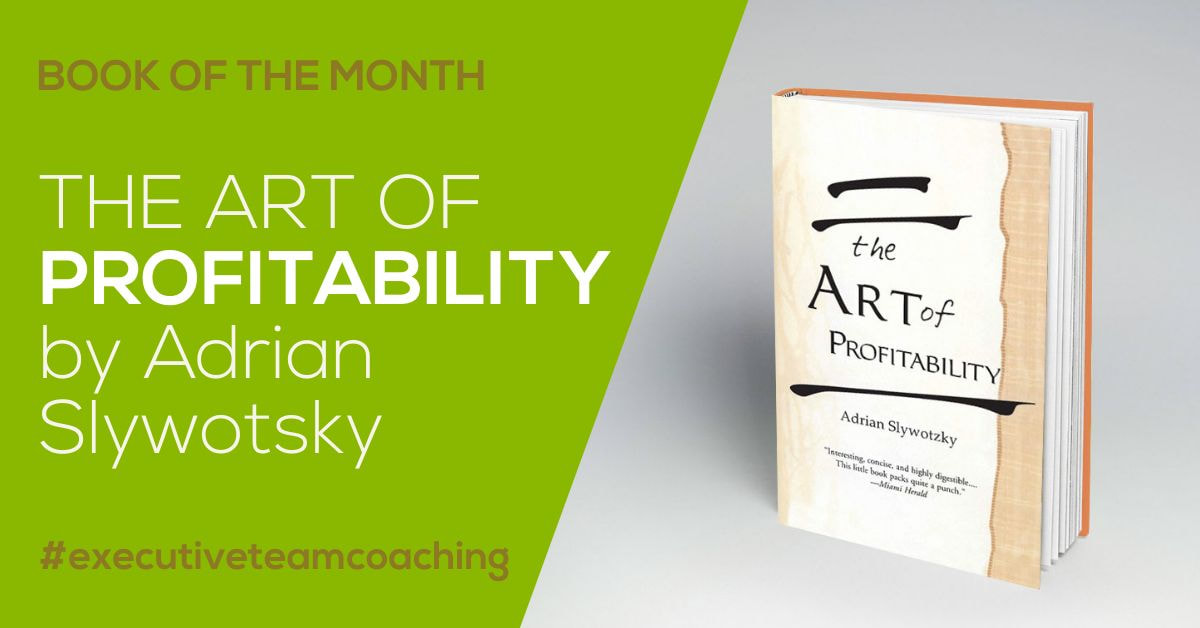
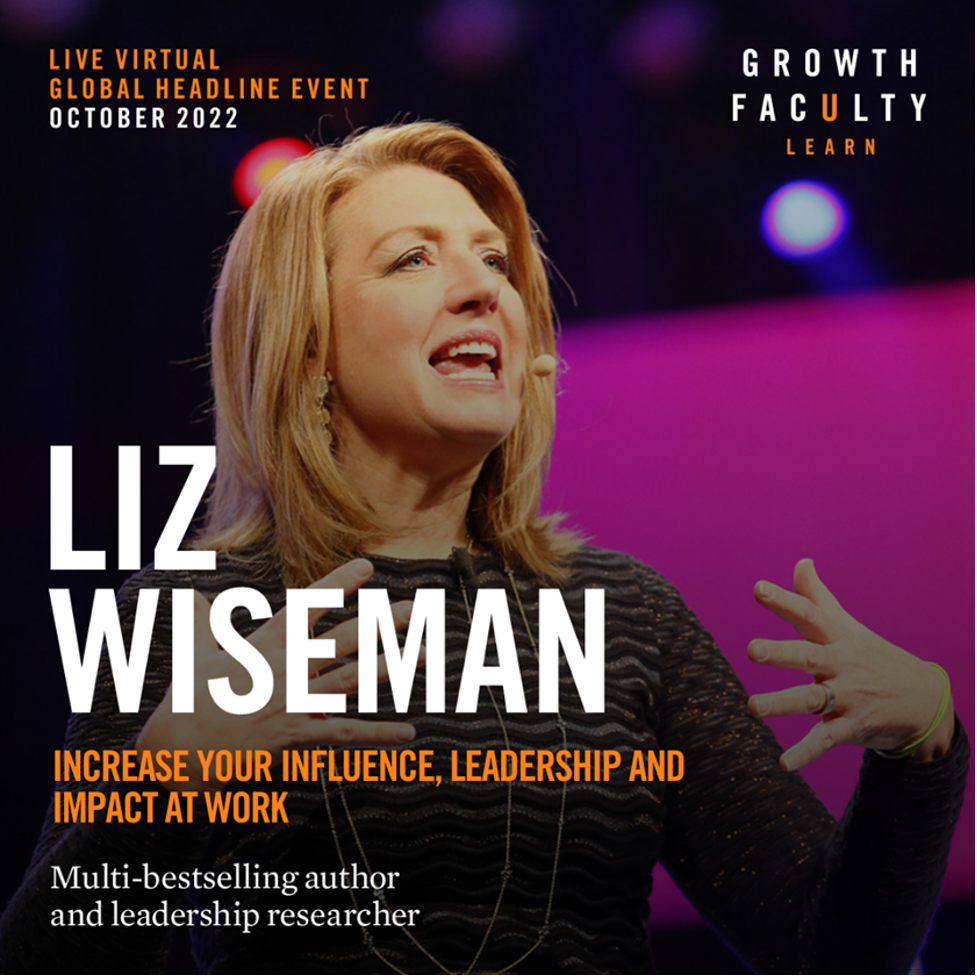

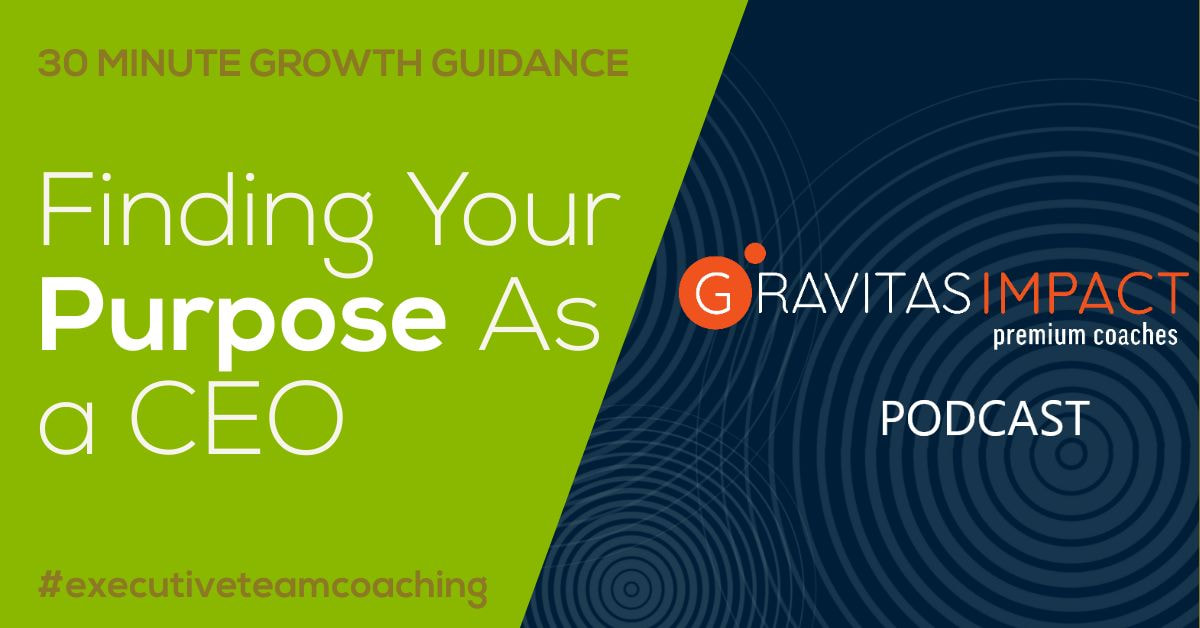
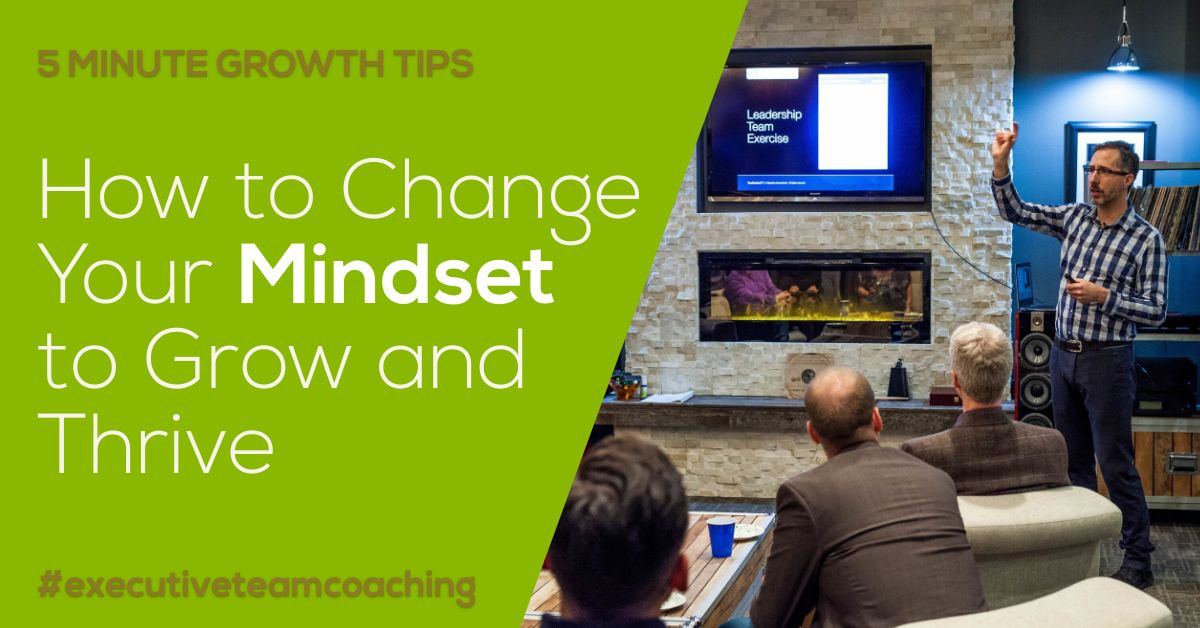
 RSS Feed
RSS Feed
